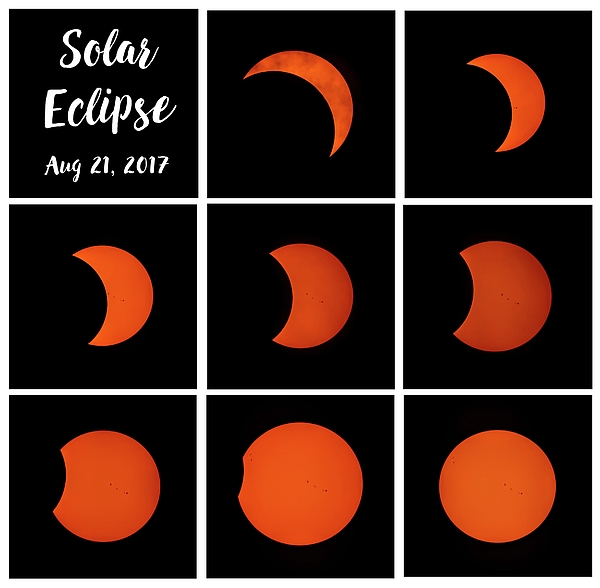
This darkness will last the longest at Woleai Atoll, Micronesia: a whopping four minutes, compared to just two in Eastern Indonesia. In total, the moon's shadow will travel a path approximately 8,800 miles (14,162 kilometers) across the globe, while the width of the path will be no more than 97 miles (156 kilometers) across.Īlong this thin track of totality, broad daylight will briefly turns into twilight. The shadow will pass quickly northeastward across the Pacific Ocean until vanishing near Hawaii. The path of the totality-where the entire face of the sun is covered-then races across central Borneo, Sulawesi, and moves across the International Date Line into March 8. EST Tuesday evening in North America (Wednesday in Indonesia). Over the course of about three hours, the moon's dark shadow first touches land over Sumatra, Indonesia, at 6 p.m.

The strip from which the upcoming total eclipse will be visible lies mostly over the Pacific Ocean. The moon casts its dark central shadow, called the umbra, onto a very narrow strip along the surface of the Earth.

And this particular eclipse is even more special: It’s happening while the moon is at its closest point to Earth-called perigee-making the moon appear larger in the sky, as a “ supermoon.” The moon passes between Earth and the sun every month, but a total solar eclipse happens only when the three celestial bodies are perfectly aligned. (Just come back to this page and scroll down to see our handy video feed, below.) But the rest of the world doesn’t have to miss out: If you can’t hop a plane to the middle of the Pacific Ocean, you can watch it live online. p.m.Lucky skywatchers in Southeast Asia get a rare front-row seat to a total eclipse on March 8 and 9, and Pacific islanders will see a still-dazzling partial eclipse. EDT on Wednesday. It will also have a second stream at 3. EDT, the Lowell Observatory, where the dwarf planet Pluto was discovered, will broadcast the eclipse live from multiple telescopes at its facility in Flagstaff, Arizona. Also, check out the Virtual Telescope Project, which will have a live feed starting at 6 a.m. EDT, two minutes before the penumbral phase of the eclipse begins. The Griffith Observatory in Los Angeles plans to stream live views starting at 4:45 a.m.
#HOW TO SEE THE ECLIPSE IN NEW JERSEY FREE#
If you don’t happen to be in an optimal viewing area, there will be several free live views of the eclipse online Wednesday. This means that on the west coast of the Americas, the eclipse will occur in the early morning hours when the moon is setting. When you are able to see it, however, will depend on your time zone.Īccording to NASA, the entire eclipse will last about five hours, from 08:47:39 UTC (Coordinated Universal Time) to 13:49:41 UTC, while the peak - at 11:19:52 UTC - will last about 14 minutes. That translates to a start time of 4:47 a.m. No matter where they are, skywatchers around the globe will be able to enjoy the show under clear weather conditions. “You may be able to observe the first part of the eclipse as the Moon just starts to darken, but the Moon will be near or on the horizon as Earth’s shadow begins to cover it,” NASA stated. For the eastern side of the U.S., the eclipse will begin during dawn twilight. Unlike solar eclipses, it’s safe to view lunar eclipses with the naked eye.Īccording to NASA, the best viewing of the eclipse will be in Hawaii, Alaska and the western states. A partial lunar eclipse will occur on Nov.
This is the first of only two lunar eclipses in 2021.

The red color comes from sunlight filtering through Earth’s atmosphere as the moon passes through the planet’s shadow over several hours. It’s called a blood moon because of the reddish hue it takes on during the eclipse, according to NASA. May’s supermoon is distinctive because it’s also a “blood moon” due to the total lunar eclipse, which occurs when the Earth, positioned directly between the moon and sun, blocks the moon from sunlight. Priest dies same day he was formally charged in decades-old cold case murder of teen


 0 kommentar(er)
0 kommentar(er)
